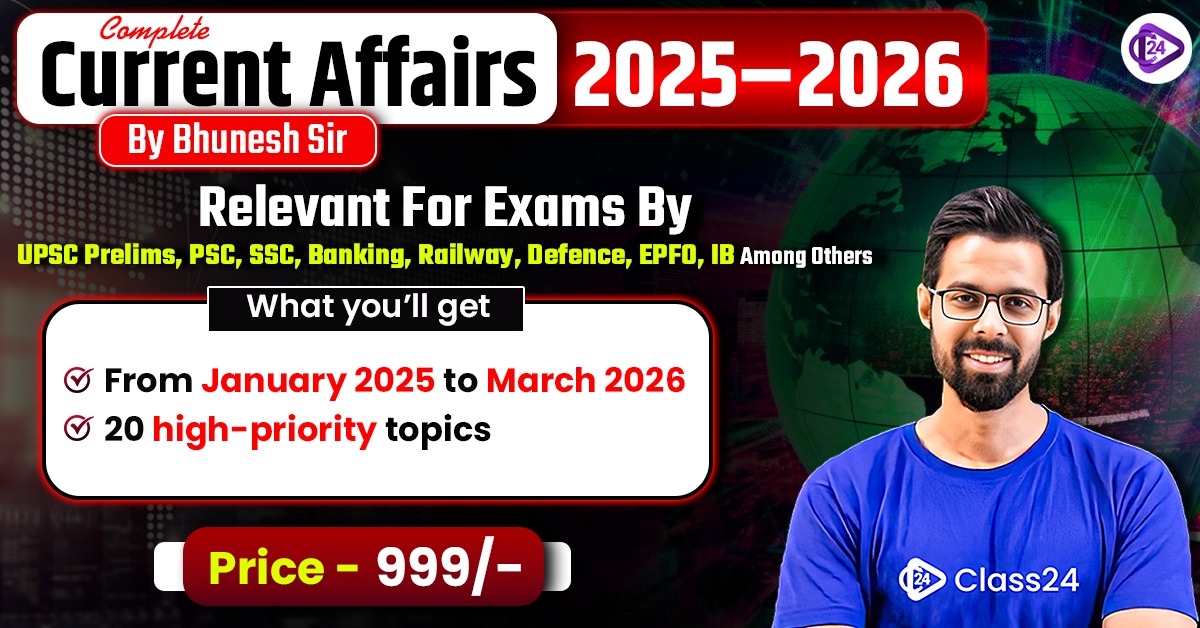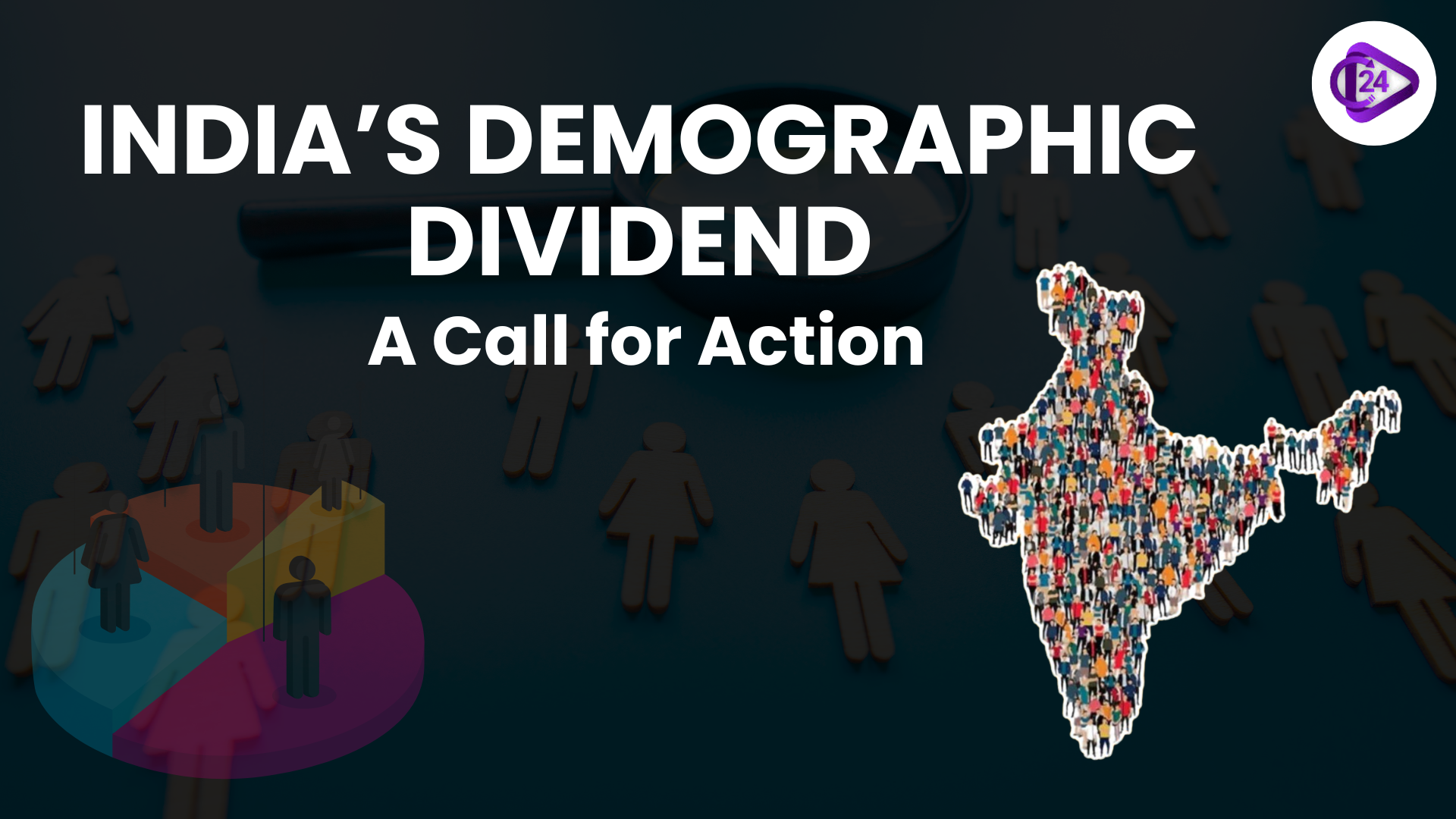
India has also been touted as having a demographic dividend of a young population of over 800 million individuals under the age of 35 making the country one of the biggest sources of workforce globally. Nonetheless, this democratic advantage is becoming fragile in regard to evolving into a demographic time bomb because of great disparities existing between the education and the real-life abilities, degrees and workability. Otherwise, India, being left unattended, the young population might become a burden rather than a booster of national growth, a booster of increasing unemployment and social unrest.
Key Insights and Concerns:
The Changing Nature of Work:
-
This is where the future of work is being determined by the new technologies and especially Artificial Intelligence (AI) that is predicted to replace up to 70% of existing jobs worldwide by automating up to 30% of the work in most current professions.
-
New employment in AI development and implementation is also coming at an extremely fast rate but the Indian education system, which revises its curricula every three years, is lagging behind the changes in technology.
Mismatch Between Education and Employability:
-
Even though India has been generating millions of graduates annually, the fact is that a big number of them are underemployed or unemployable. This is 40-50% of engineering graduates who are unable to get jobs because the gap between qualification and industry demands has only continued to grow.
-
One in six leaders in higher education believes that the existing curricula do not meet the demands of the fast changing labor market.
The Skills Crisis in India:
-
According to a McKinsey report, about 7 out of 10 Indian jobs will be threatened by automation by 2030.
-
The World Economic Forum predicts that 170 million new jobs will be created because of technological advancement, which is offset by the fact that 92 million jobs may be displaced during the same time.
-
Skilling should be a national issue yet the Indian education system is still rooted in the old system where many learners walk out of schools without the practical skills demanded by their employers.
The Mismatch Begins Early:
-
Indian high school students do not necessarily know the enormous amount of career choices they have at their disposal. A Mindler Career Awareness Survey established that only 7 careers are known to 93% of the students and there is no career guidance given to the students during the schooling years.
-
Two-thirds of high school graduates end up pursuing degrees that are not of interest or skill which result in a disconnect between education and skills needed in the labor market.
Digital Tools and Analog Mindsets:
-
Although India has taken strides in terms of access to technology, with ubiquitous smartphone penetration, and even attempts by the government to establish AI laboratories, schools still have the traditional, exam-driven curriculums.
-
EdTech platforms are also geared mostly towards test preparation and rote memorization, but not assisting students in career exploration and acquisition of job-ready skills.
-
The actual gap that exists between what the students do and what the employers actually require is high, as only 43% of Indian graduates are job-ready.
Government Initiatives and Challenges:
-
Such programs as Skill India Mission were created with the aim of educating more than 400 million people by 2022, yet they had hardships in implementation, and there are still many youths who do not know the required skills.
-
Several plans have been initiated in India such as PMKVY, PMKK and SANKALP to counter the skills gap, but there has to be a national strategy to harness education, skilling and industry need into being one cohesive force.
The Need for a Cohesive Strategy:
-
In order to realise the India demographic dividend, it is vital to:
-
Match learning processes and developing employment opportunities.
-
Introduce career guidance programs at their early life so that students make wise choices regarding their future.
-
Redesign skill development programs to emphasize skills that are applied in the industry and not just the academic knowledge.
-
Encourage the government, business and education sectors to work as a team to establish an ecosystem that helps in anticipating the education-employability gap.
The Decisive Decade:
-
The capacity of India to use its young population as an asset lies in its capacity to equip them to face the AI-driven economy. When the nation does not work out these problems, it will likely produce a generation of unemployable young people who may turn out to be a time-bomb to social and economic stability. The youth demonstrations of the 1990 Mandal Commission years act as a reminder of the possible chaos that may be caused by unfulfilled desires and absence of opportunity.
-
This crisis can be repaired, but it must be done immediately in order to prepare the young generation of India not only for the jobs of yesterday, but also for the jobs of tomorrow. Provided that India manages to achieve such an endeavor, its demographic dividend may be a global resource. Otherwise, it may turn out to be a national burden that will deteriorate the social fabric and the process of economic development.
Conclusion
India is at a crossroad, and the prospect of using its young labor force in the global digitization leadership is open. The country, however, needs to move fast in tackling the skills issue and get its youth ready to meet the demands and opportunities that the future of work offers. In the absence of this transformation, the demographic dividend in India could be transformed into a demographic time bomb very easily. The clock is ticking.



 Mahad Satyagraha Shaped The Indian Constitution
Mahad Satyagraha Shaped The Indian Constitution IGI Becomes India’s First Water-Positive Airport
IGI Becomes India’s First Water-Positive Airport Tamil Nadu Secures GI Tags for 5 New Products
Tamil Nadu Secures GI Tags for 5 New Products Amit Shah Pays Tribute to Mahatma Jyotiba Phule on his Death Anniversary
Amit Shah Pays Tribute to Mahatma Jyotiba Phule on his Death Anniversary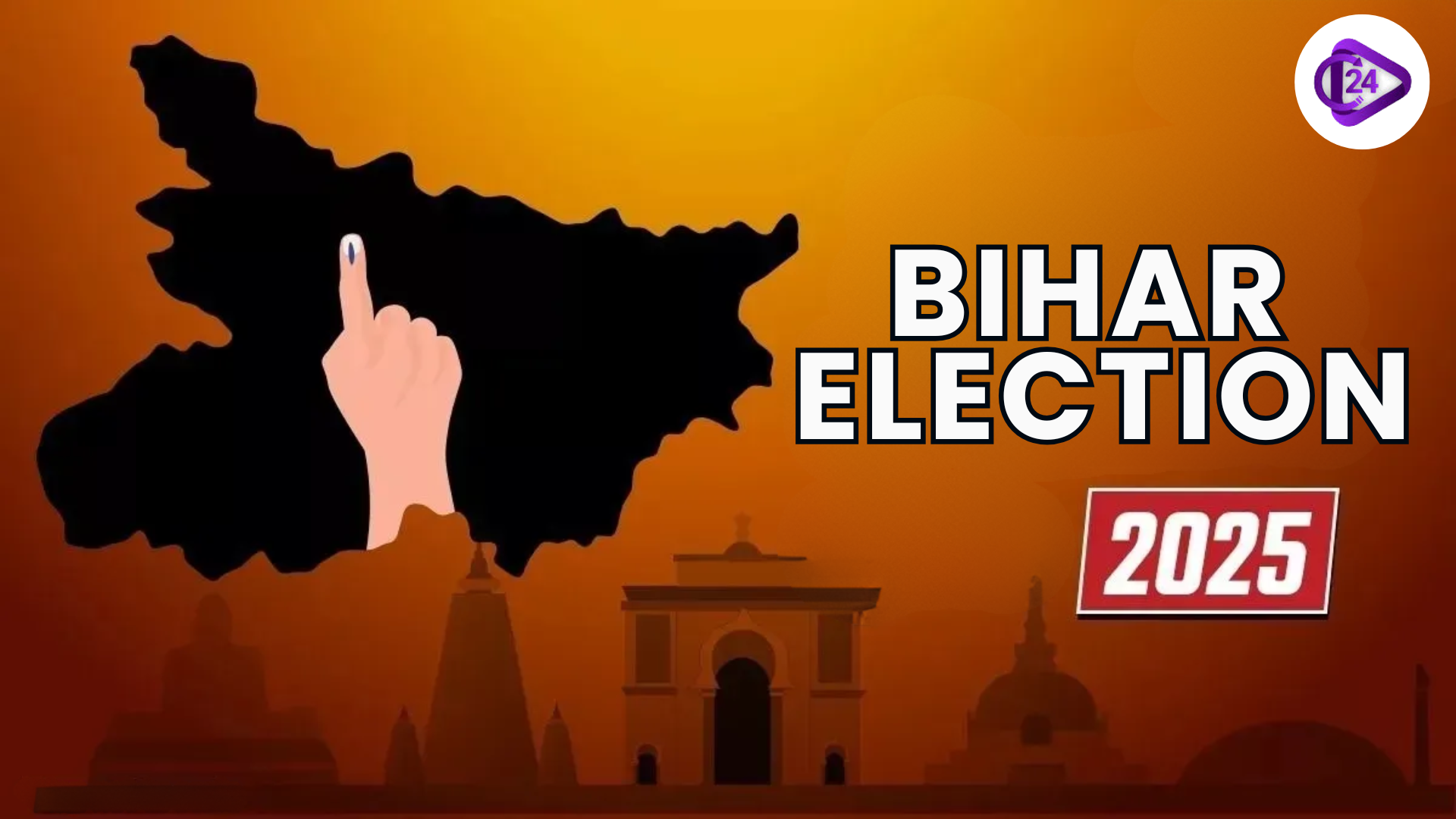 NDA Sweeps Bihar Assembly Election 2025 BJP Leads with Strongest Mandate
NDA Sweeps Bihar Assembly Election 2025 BJP Leads with Strongest Mandate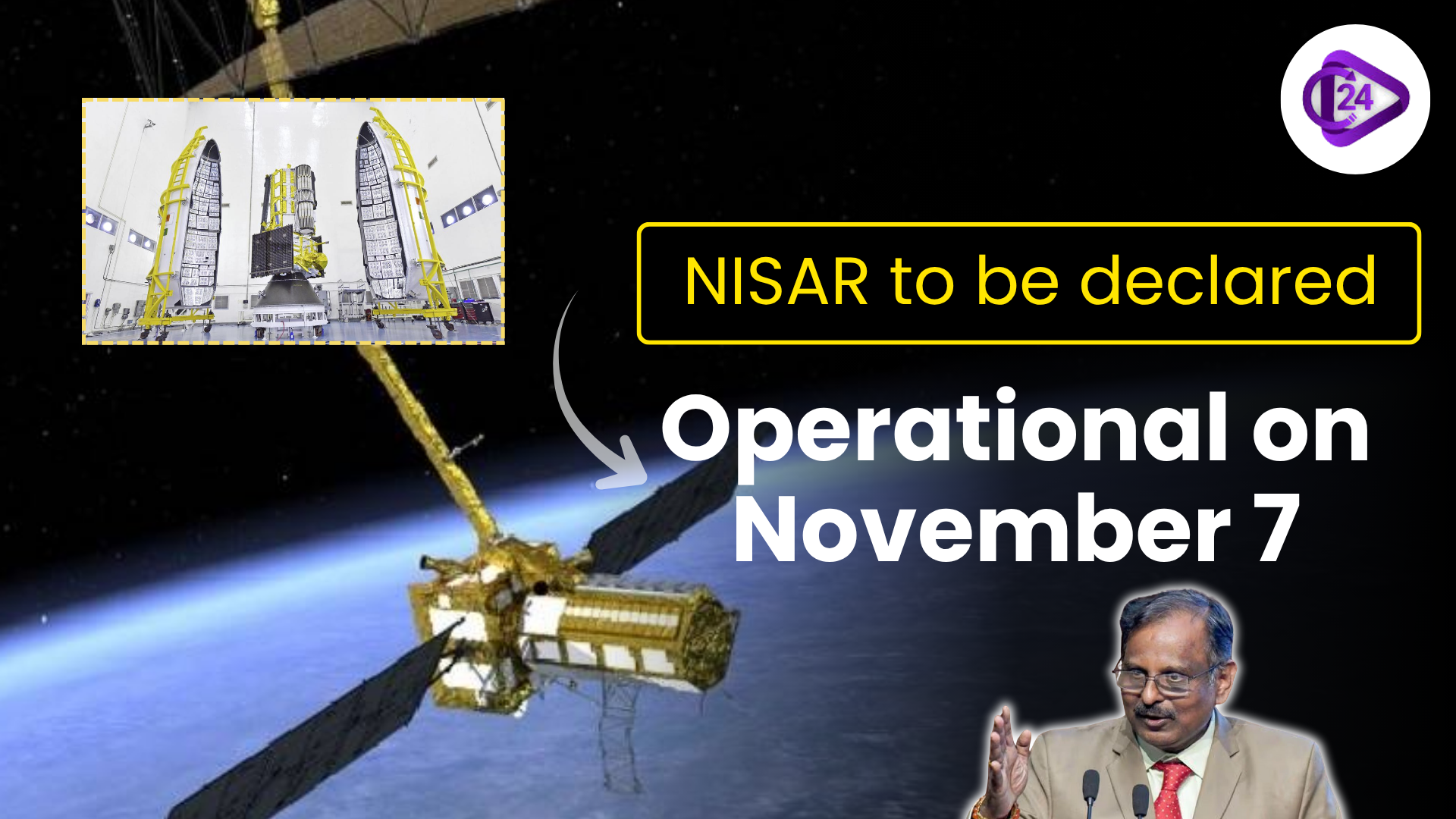 ISRO and NASA’s Joint NISAR Mission to Begin Operations on November 7
ISRO and NASA’s Joint NISAR Mission to Begin Operations on November 7 First-Ever Subsea Tunnel in Kerala: Reduce Travel Costs & Ease Traffic
First-Ever Subsea Tunnel in Kerala: Reduce Travel Costs & Ease Traffic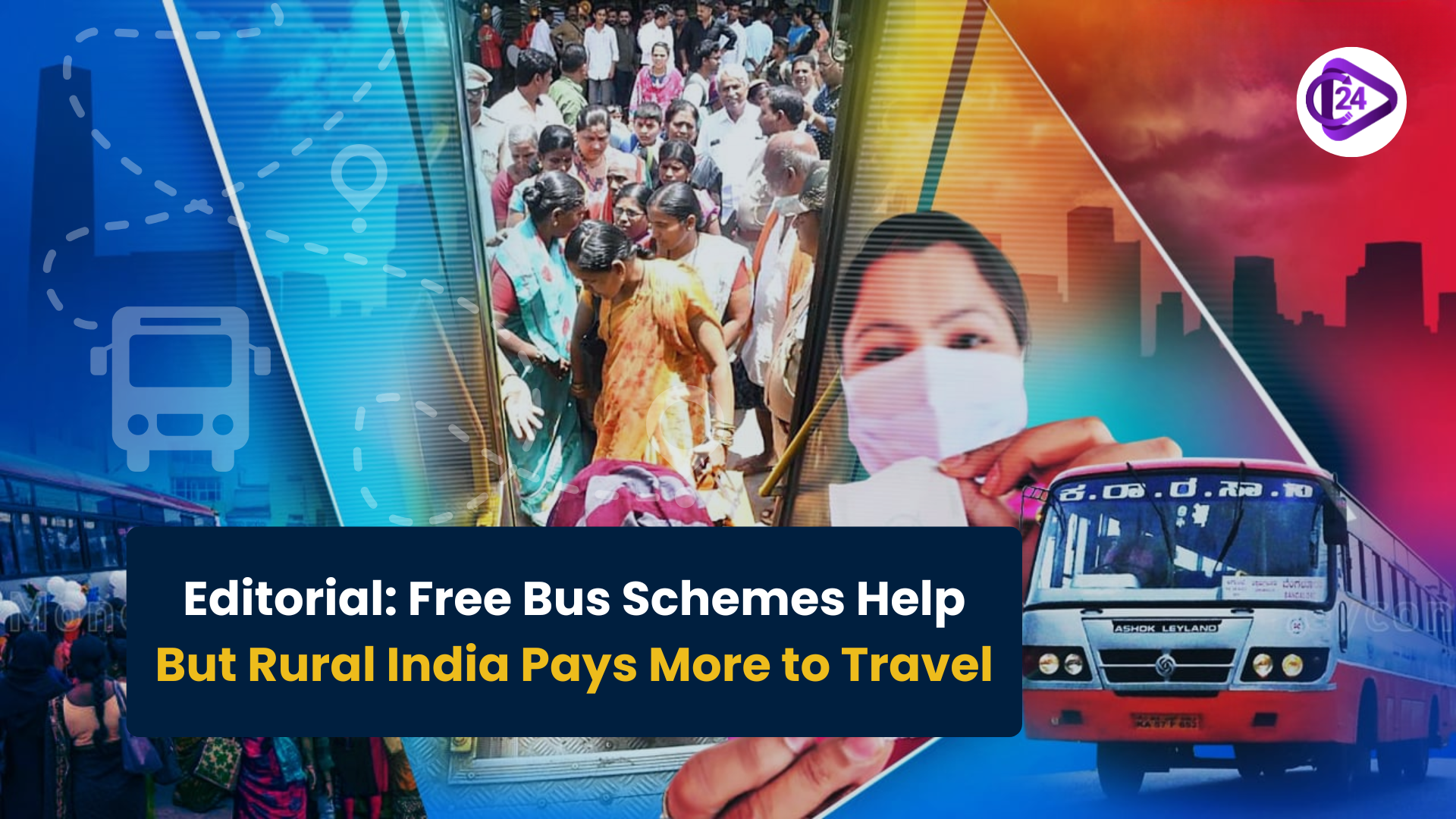 Free Bus Schemes Help, But Rural India Pays More to Travel
Free Bus Schemes Help, But Rural India Pays More to Travel